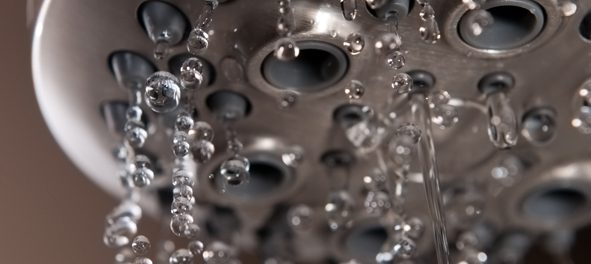
Planned development in water stress areas is expected to come under increasing pressure to show how it is water neutral. This is where a development results in no increase to an existing site’s water usage, which for some developments will be very challenging to demonstrate. This is becoming a planning requirement in certain locations due to cumulative water management problems which have been compounded by lack of rainfall over several years. Water neutrality could soon become as important as carbon neutrality for some local authorities.
For new development, a water strategy should focus on the following hierarchy:
- Step 1 – reduce consumption through efficient appliances and fittings within homes. This could include shower flow rates of 7-8 l/min (note this now also benefits your energy performance in SAP under Part L 2021), dual-flush toilets, reduced capacity baths, and high efficiency washing machine and dishwasher models;
- Step 2 – consider the application of water capture or recycling systems. This could include rainwater harvesting and greywater recycling;
- Step 3 – should a further reduction be required, opportunities for offsetting (if acceptable to the local authority) should be investigated.
It is likely to prove very difficult to reduce consumption below 85-90 l/p/d (for reference the current Part G standard is 125 l/p/d) without the use of Step 2 and 3 measures. For development on greenfield sites the existing water consumption is likely to be close to 0, so a standard of water neutrality will prove very challenging.
Posted on November 30th, 2022
Author: Jonathan Thomas-Peck
Related services: Sustainability Statements, Water Use, Planning Policy & Zero Carbon, Energy & Fabric Performance Evaluation, Water Neutrality,